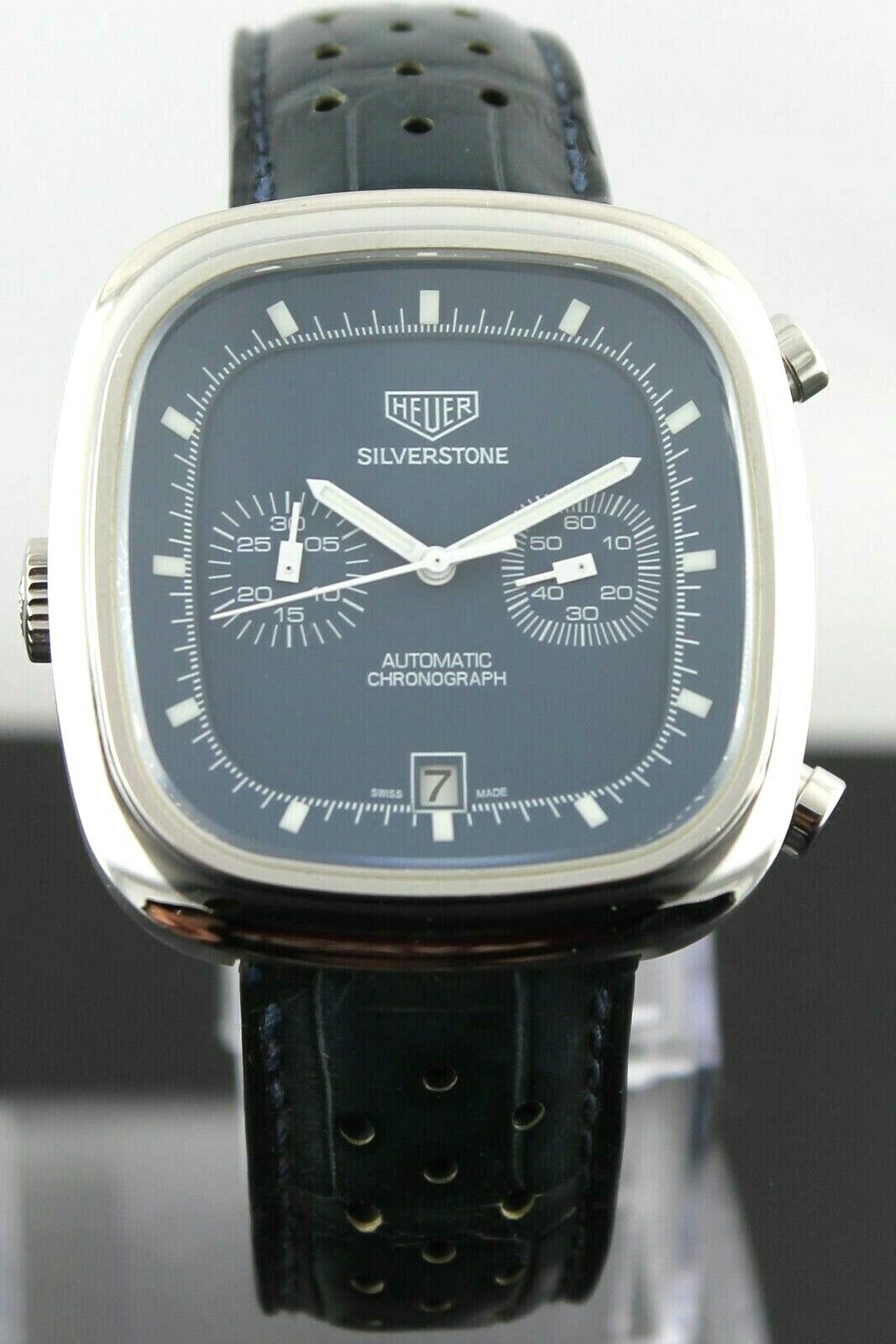The new show globetrotting was unveiled at the Basel Fair and received a warm welcome from the Rolexophiles, and more!
Welcome the new Rolex GMT II 116710BLNR.
For the first time in its history, GMT Master II gets a two-tone bezel Two-tone piece, blue and black ceramic for the occasion; and that’s not bad. Not that we did not like the New GMT Master II black bezel, but hey it was quite dark and still pined for the two-tone bezel from Pepsi or Coke.
Therefore, the main focus is on this new version steel 904L; this famous Cerachrom ceramic disc with blue and black are the day and night. The challenge was actually assembling ceramics that perfectly separates the two colors on ceramics. This innovation was also patented by Rolex and obviously recalls the traditional two-tone bezel models and GMT Master II.
This super hard Cerachrom, introduced in 2005, is virtually scratchproof, besides being highly corrosion resistant and insensitive to bleaching effects of ultraviolet rays.
Its polished diamond surface provides an unalterable brightness. The graduation 24 hours in the engraved ceramic is covered with a thin layer of platinum by PVD (Physical Vapor Deposition).

The Oyster 40 mm case of the GMT-Master II is water resistant to 100 meters and incredibly robust; since carved from a solid steel block, steel 904L corrosion resistant.
The black lacquer dial displays index appliques Chromalight (long term luminescence) in 18k white gold and needles Chromalight in 18k white gold also. In this new version, the 24-hour hand turns blue. The magnifying glass on the date consists of sapphire crystal.
Level gauge, the 3186, a mechanical self-winding movement with date display and second time zone entirely developed and manufactured by Rolex that inhabits the timepiece. The latter is obviously certified Swiss chronometer. Spiral Parachrom Rolex oscillator made from a proprietary alloy can withstand magnetic fields, temperature variations and shocks. Rolex quality is all its glory.
When the Pan American World Airways made its first intercontinental flight nonstop from New York to Moscow in 1959, the watch used by the crew for navigation is a clock Rolex Oyster Perpetual GMT-MASTER.
To display two time zones simultaneously perfectly legible, the GMT-Master will become the official watch of Pan Am, one of the most emblematic of the golden age of aviation airlines. And will be considered by its pilots as an indispensable tool in the cockpit of an airplane.
Today, the GMT Master still has its intrinsic function but became thanks to its robustness and its cosmopolitan allure watch all love to wear, urban dwellers to globetrotters.










